There’s a reason why Dubrovnik and Split were the perfect places to bring King’s Landing to life – it’s because they themselves are historical cities with beautiful monuments and fascinating buildings.
We’ve already shared a location guide to all the Game of Thrones filming spots at the end of Season 6 – but there are plenty more historic buildings that are worth scouting out when you land on Croatia’s shores. Here are 10 historical sites to get you started – some of which ended up on the television show and some that are still waiting for their famous debut.
1. Dubrovnik’s City Walls
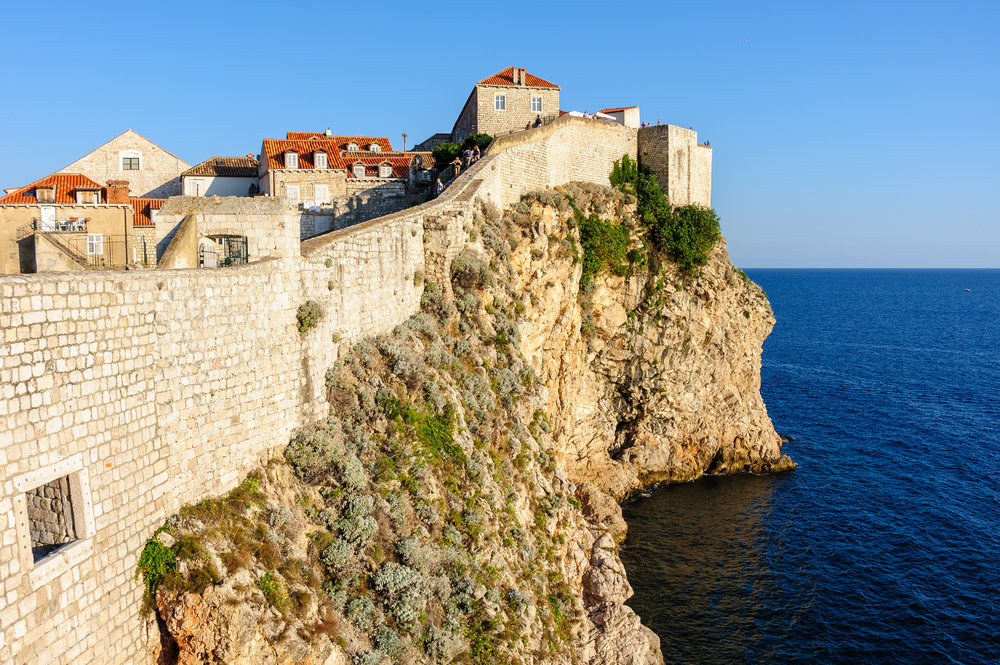
Dubrovnik’s city walls showed up in many Game of Thrones scenes and were actually one of the primary reasons producers chose this city to bring King’s Landing to life. Surrounding most of the city, they are actually considered to be one the great fortification systems of the Middle Ages, as they were never breached by a hostile army during this time period. In 1979, the City Walls (along with the Old City of Dubrovnik) joined the UNESCO list of World Heritage Sites.
2. Diocletian’s Palace
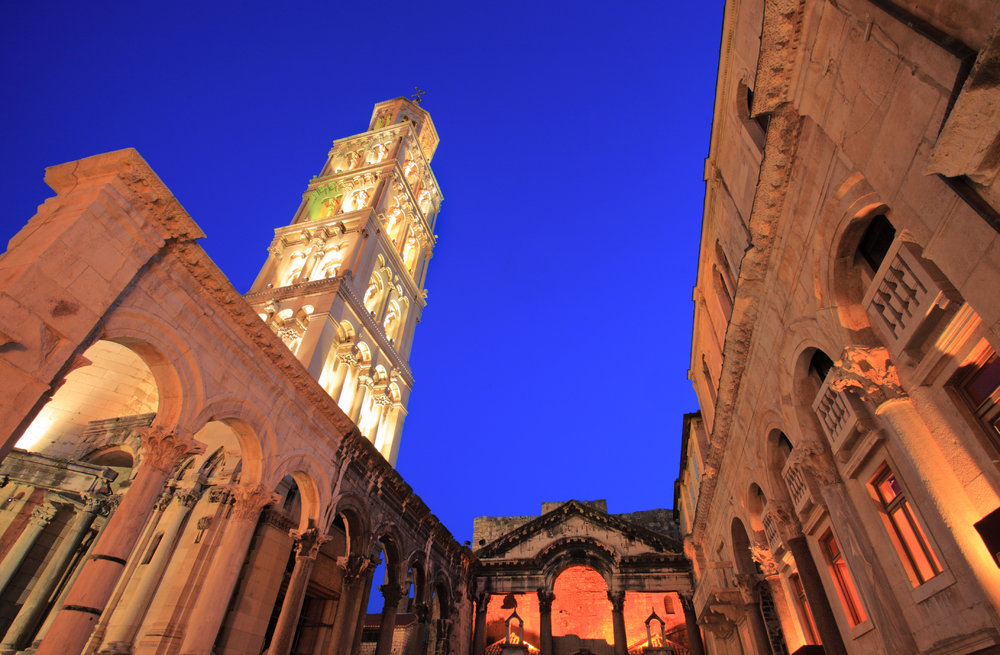
The Diocletian’s Palace forms about half the old town of Split, so it’s very hard to not notice. Originally constructed as an ancient palace for the Roman Emperor Diocletian at the turn of the 4th Century, its size means that it more closely resembles a fortress (in fact, one half of the structure did house the military garrison).
3. Pula Arena
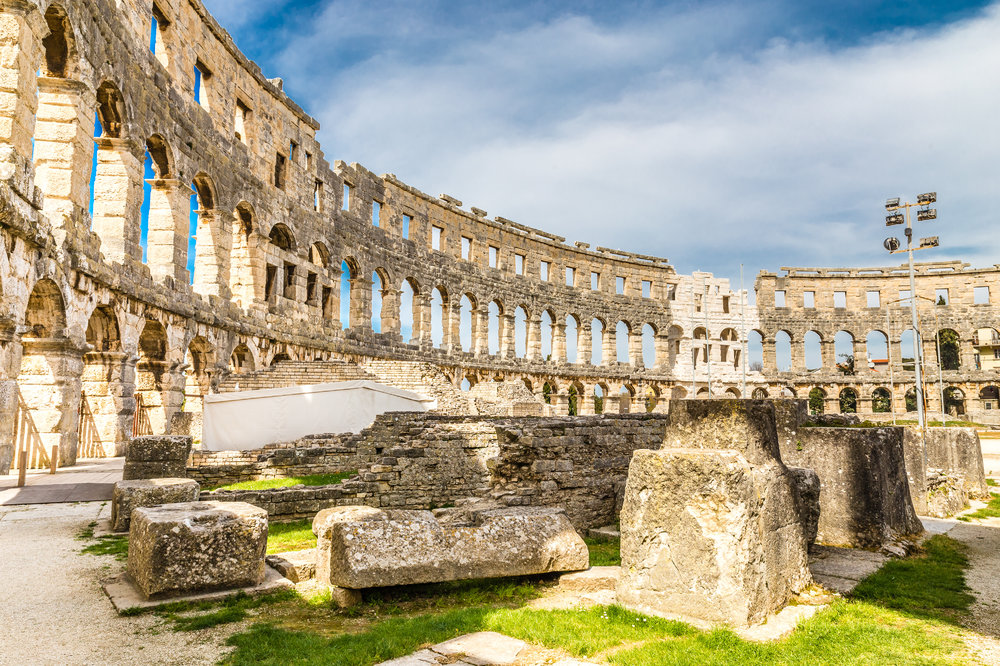
Rome is home to the world’s most famous amphitheatre – but some of its walls have fallen down. The Pula Arena on the northern coast of Croatia, however, still stands in its original glory. It is also the best preserved ancient monument in Croatia and even made its way onto the Croatian 10 kuna banknote.
4. Hvar

On the surface of it, the island of Hvar is where young yachters hang out and sunbathe (it’s actually the sunniest spot in Croatia). But when you wander beyond the harbour you’ll find a world of abandoned ancient hamlets, craggy peaks, vineyards and lavender fields. Top sights include the Tvrdalj, St Stephens’ Square and St Stephen’s Cathedral.
5. Lovrijenac
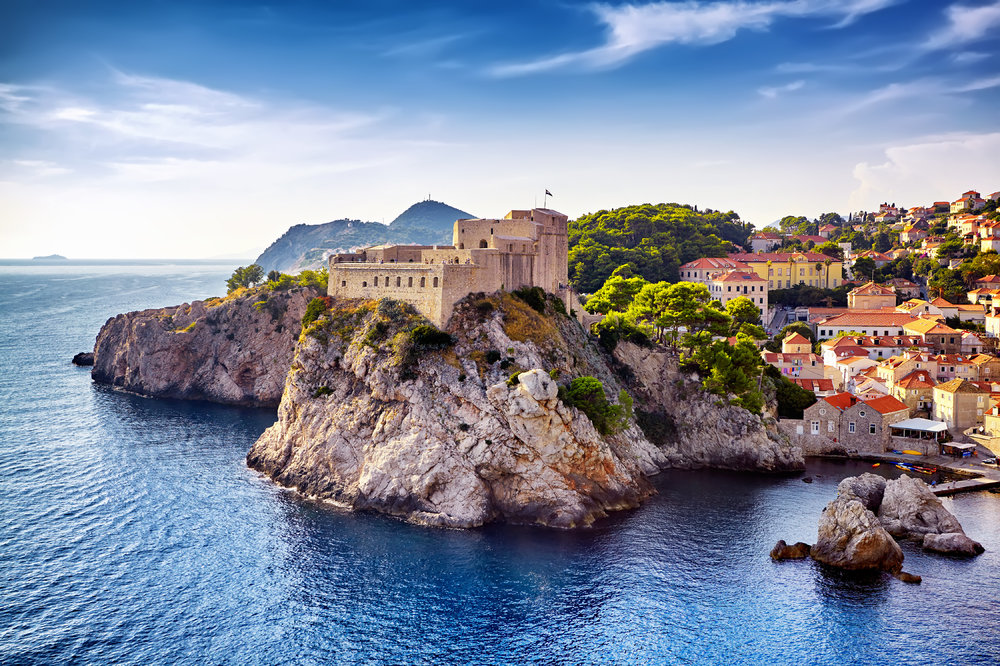
Just outside the western wall of Dubrovnik, you’ll find Fort Lovrijenac (or St. Lawrence Fortress in English) – an ancient fortress and theatre famous for its plays and importance in resisting Venetian rule. Originally the Venetians wanted to build a fort in the same spot and would rule the city if they had succeeded. The people of Dubrovnik built the wall within three months so, when the Venetians returned with their building materials, the spot was already taken.
6. Dubrovnik Cathedral
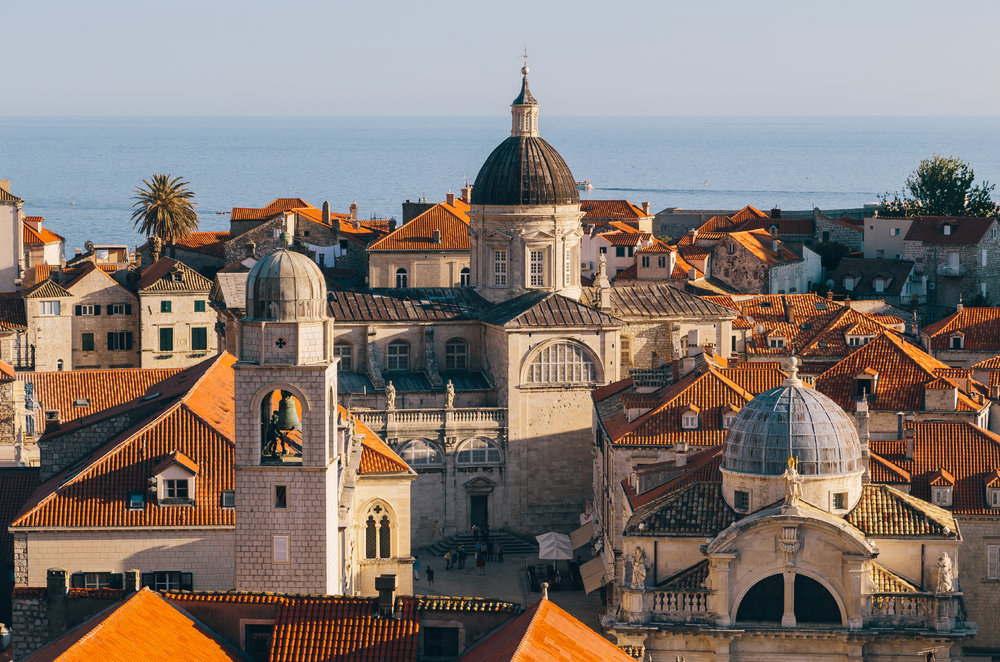
Dubrovnik’s Cathedral (full name Cathedral of the Assumption of the Virgin) dates back to the 7th century and was built on the site of seven other previous cathedrals (nearby archaeological excavations have actually found the foundations and walls of two older churches).
Even though the building is fascinating itself, it’s the Treasury that is most interesting to history buffs. The treasury holds 182 reliquaries, including relics from the 11th to 18th centuries. Its most important possession is the gold-plated arm, leg and skull of Saint Blaise (patron saint of Dubrovnik).
7. Euphrasian Basilica
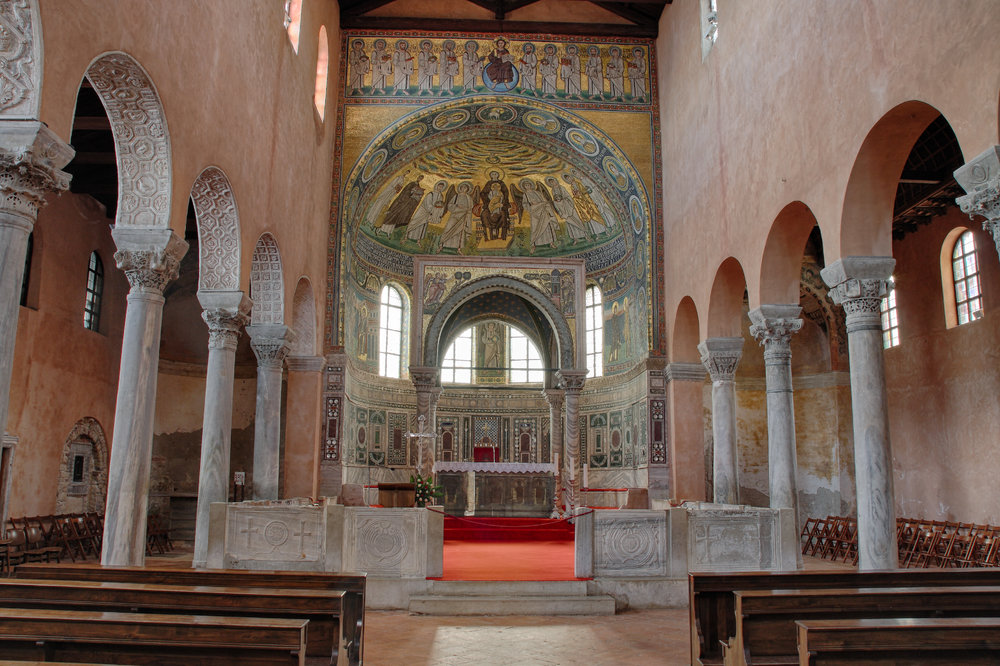
A beautiful example of Byzantine art and architecture, this 6th-century Euphrasian Basilica is found in the coastal resort of Poreč. Its most striking feature is its golden mosaics, especially the one above the apse depicting Christ and the Apostles. It was also built on the site of a Roman villa whose floor mosaic can still be seen in the Basilica garden.
8. Salona Roman ruins
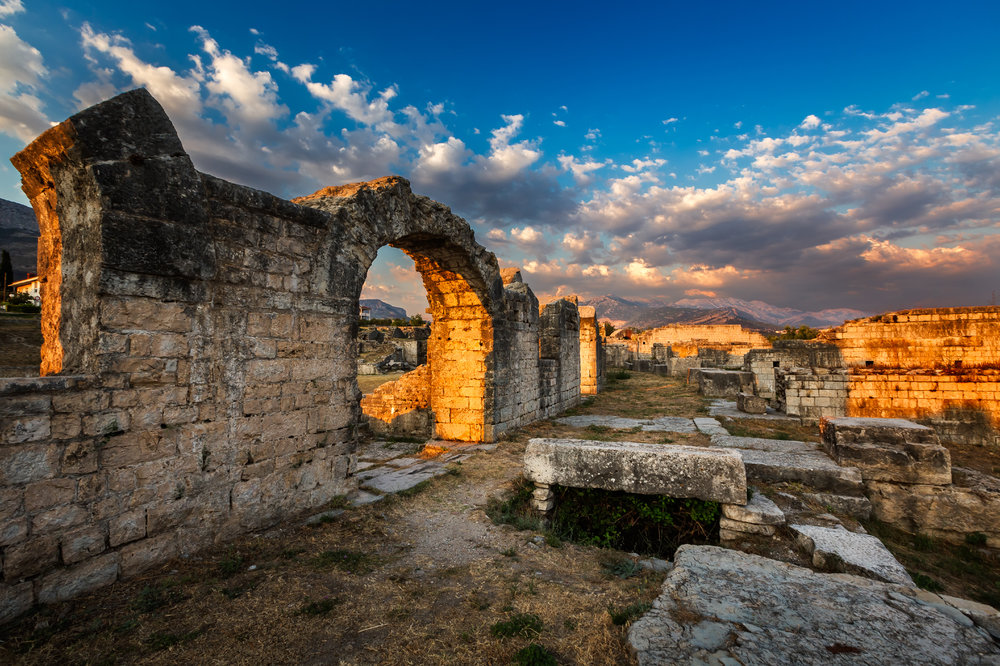
Salona was once the provincial capital of Dalmatia in the time of Diocletian and the Salona Roman ruins are one of the largest Roman settlements in the region. It is believed that a community of 60,000 people lived here, but fled when the city was sacked by Avar and Slav tribes. What you see in the ruins today is the base of the amphitheatre, trunks of columns and gravestone carvings scattered around an extensive archaeological park.
9. Trogir Cathedral

Trogir Cathedral is considered a work of art and effortlessly blends Romanesque and Gothic architecture. Which isn’t surprising as it dates back to the early 1200s and took more than 400 years to build. The cathedral tower is 47m high and is one of the most noticeable buildings in Trogir’s skyline.
10. Walls of Ston
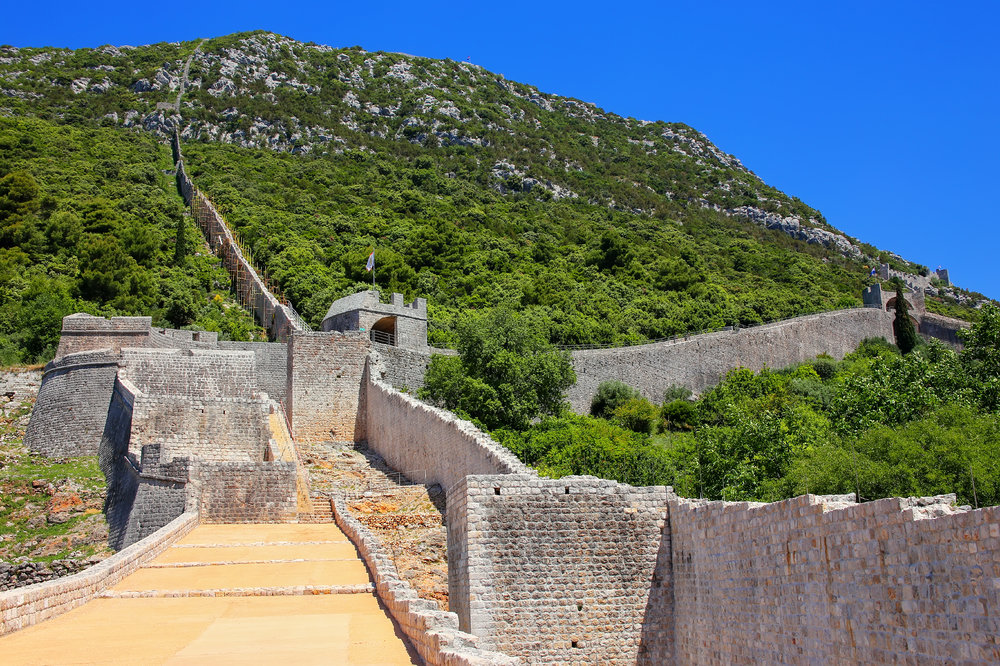
Did you know that Croatia is home to the second longest stone wall in Europe? If you didn’t, you do now. It clocks in at 5.5km and surrounds the ancient city of Ston, and dates back to the 14th Century. And for more history head inside and explore Ston itself, where you’ll find narrow quiet streets and noble ancient houses.

